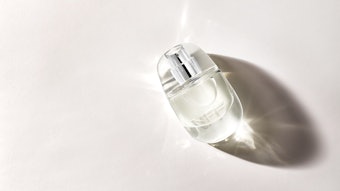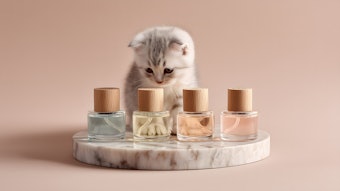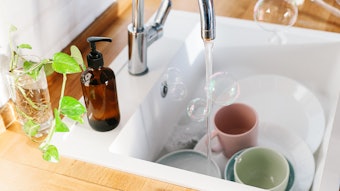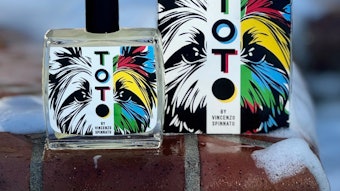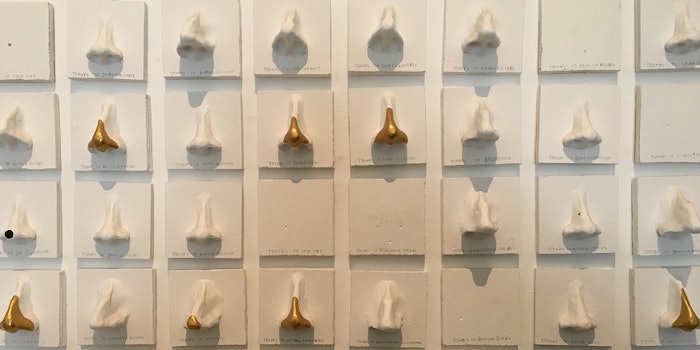
Editor's Note: This is the second article in a two-part series that covers Perfumer & Flavorist's visit to the IAO. Learn more about the IAO in Part 1 of our coverage.
If you aren’t careful when trying to visit The Institute for Art and Olfaction (IAO), you might miss it. It isn’t on a busy street, and there aren't any signs pointing to it. Instead, it is tucked away in a small part of Chinatown in Los Angeles, California. To find it, follow strands of red Chinese lanterns in the West Plaza until you arrive at a fork in the road. Next, walk down a small street lined with jewelers and smart art studios until you reach it. Nestled between a Chinese deli and small apartments, the IAO occupies a small but intimate space—a space which perfume enthusiasts of all levels can experiment, tinker and learn.
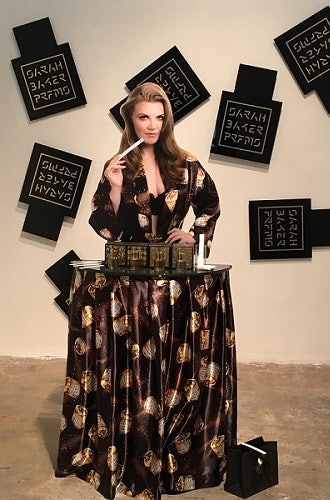
When I visited the IAO in the middle of May 2017, I had the opportunity to sit down with the director and founder, Saskia Wilson-Brown. Over a cup of coffee, we talked about the perfume community; its recent strides and current obstacles and how the Institute is addressing these things head-on.
Perfume at the Crossroads
The institute seems to be flourishing at a time when perfume is at a crossroad. In one hand, the niche perfumer has been rising in popularity. On the other hand, commercial brands and celebrity fragrances seem to be declining in popularity. The rise in niche fragrances seems to go hand-in-hand with the exploration of fragrance as something more than a cosmetic. It has evolved into an art with its own science, terminology and practice.
“If there is a concept that it is serving. If there is a higher intention of communication than beyond sales and sexiness, then you are in the space of art,” said Saskia.
Saskia likens the rise of niche perfume and perfume as art to the rise of craft beer. At one time, people only thought of beer in terms of Miller Lite and Budweiser. Now with craft beer, people have access to a great variety of beverages and tastes. In both the cases of perfume and beer drinkers, consumers seem to be moving away from the mass-produced and focusing more on the craft, focusing more on the connection with the maker.
“If there is a concept that it is serving. If there is a higher intention of communication than beyond sales and sexiness, then you are in the space of art,” — Saskia Wilson-Brown
“As like in beer, like in everything else, so in perfume. It is a worldwide shift away from mass-produced stuff. That is why I think the niche sector is expanding and rising,” she explained.
Creating Points of Entry
The institute started in March 2013, as a place that helped bring education and access to perfumers of all skill levels. From the hobbyist to the next big indie perfumer, the institute was open as a way for individuals to gain valuable information about the perfume industry, creating new points of entry into perfume that might not have otherwise been there.
Just as she was starting the Institute, she realized a problem that has impacted many start-up perfumers. If people didn’t know how the basics of perfumery, how could they be expected to learn to create their own scents?
“Quickly, I realized that when I set this up that if people don't know what oil painting is then they are never going to make a painting. If they can't get the pigment, then they can't become an artist,” said Saskia Wilson-Brown.
Finding a Personal Language
The need for basic education led to the creation of two types of classes at the IAO. First, a 12-week evaluation class that serves as a course primer which introduces individuals to the perfumer’s palette and how to create their own scents. In the class, students explore six perfume materials in detail, along with their function, aesthetics and fragrance family.

Additionally, the IAO offers accord classes in one or two day sessions. In these classes, students are introduced to a palette of fragrance material and learn to build the accord, ingredient by ingredient. Ultimately, they learn a process of how to create perfumes and accords. Recent accords have been offered in rose, jasmine, orange blossom, lilac and ambergris.
The classes at the IAO are taught by Ashley Kessler who was formally trained at the Grasse Institute of Perfumery and is heavily influenced by the structure of classic French perfumery teachings. She embodies the IAO’s mission of providing education and encouraging the individual to explore.
“As scent has no language of its own, I encourage students to go beyond comparing one odor to another similar odor and to think synesthetically. If the odor was a shape, a color, a texture, a tone, what would it be?” said Ashley.
The Agnostic Perfumer
Just like in other art forms, perfume has its critics. Among the most notable point of contention is the debate over the use of synthetics or natural materials.
IAO acknowledges the two camps and understands the aesthetic nature of both of them, without ascribing to orthodoxy. Instead, the institute encourages artists to explore which material makes sense for the project.
“Here at the Institute, we are agnostic. We use what makes sense for the job,” added Saskia.
Leaving the Way You Came
As the conversation started to wind down, I got up from where I sat and toured the institute. I took a look at the shelves of perfume ingredients, scales and bottles. In a small room inside the Institute, there was an exhibit for Sarah Baker Perfumes. And throughout the building, there were small artifacts from the local art scene; a stack of zines, several paintings and a replica of the golden pear from the IAO’s annual Art and Olfaction award.
I thanked the director for the coffee and the conversation and left the institute. I followed the same path that I got there but in reverse. When I made it to the street, I noted the way the city smelled; the smell of cooking grease and car exhaust, and how it contrasted against the scents from the Institute; most notably the sweet scents of citrus and woody leather notes. It renewed my appreciation for fragrances and perfume; and how scent had the simple ability to take you back in time, even slightly, to a place that felt warm and inviting.


